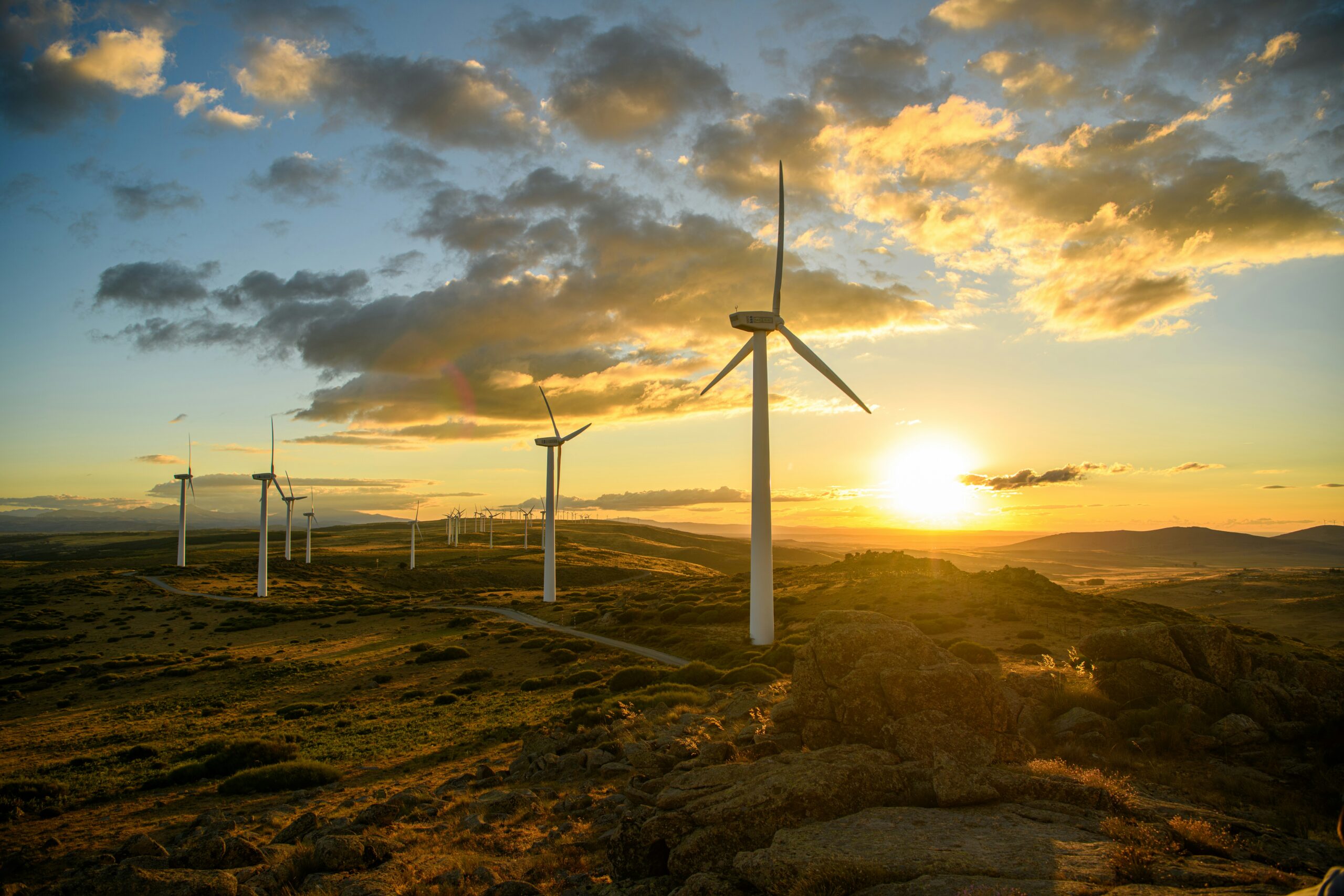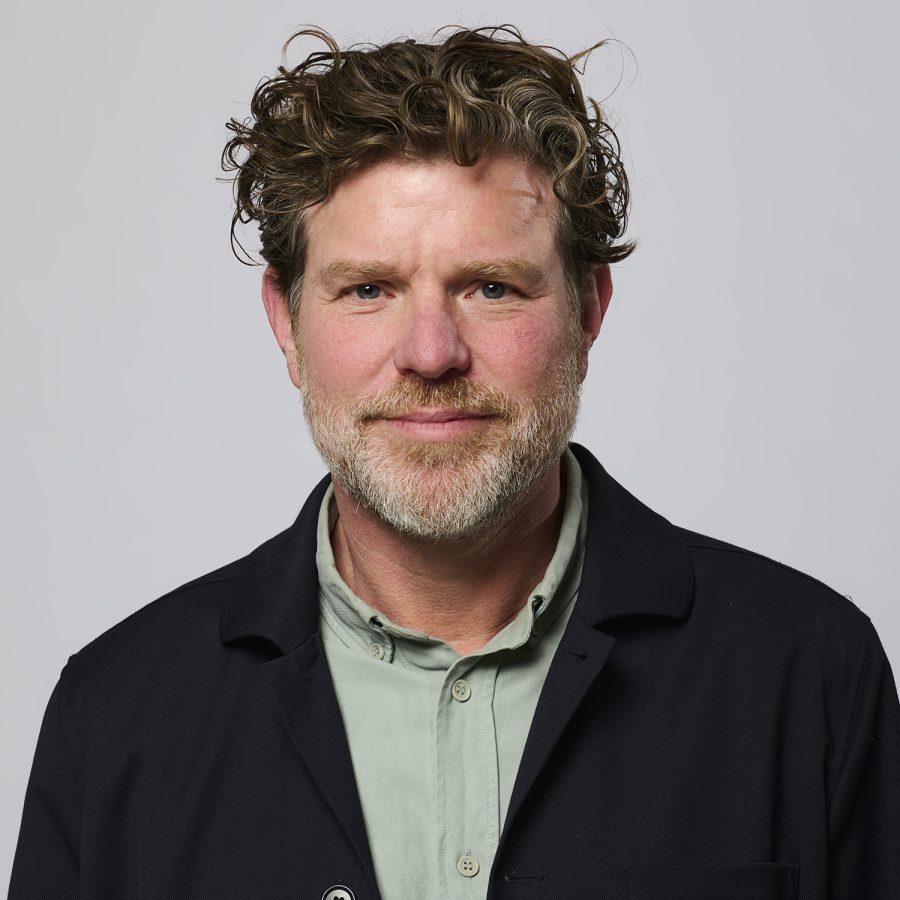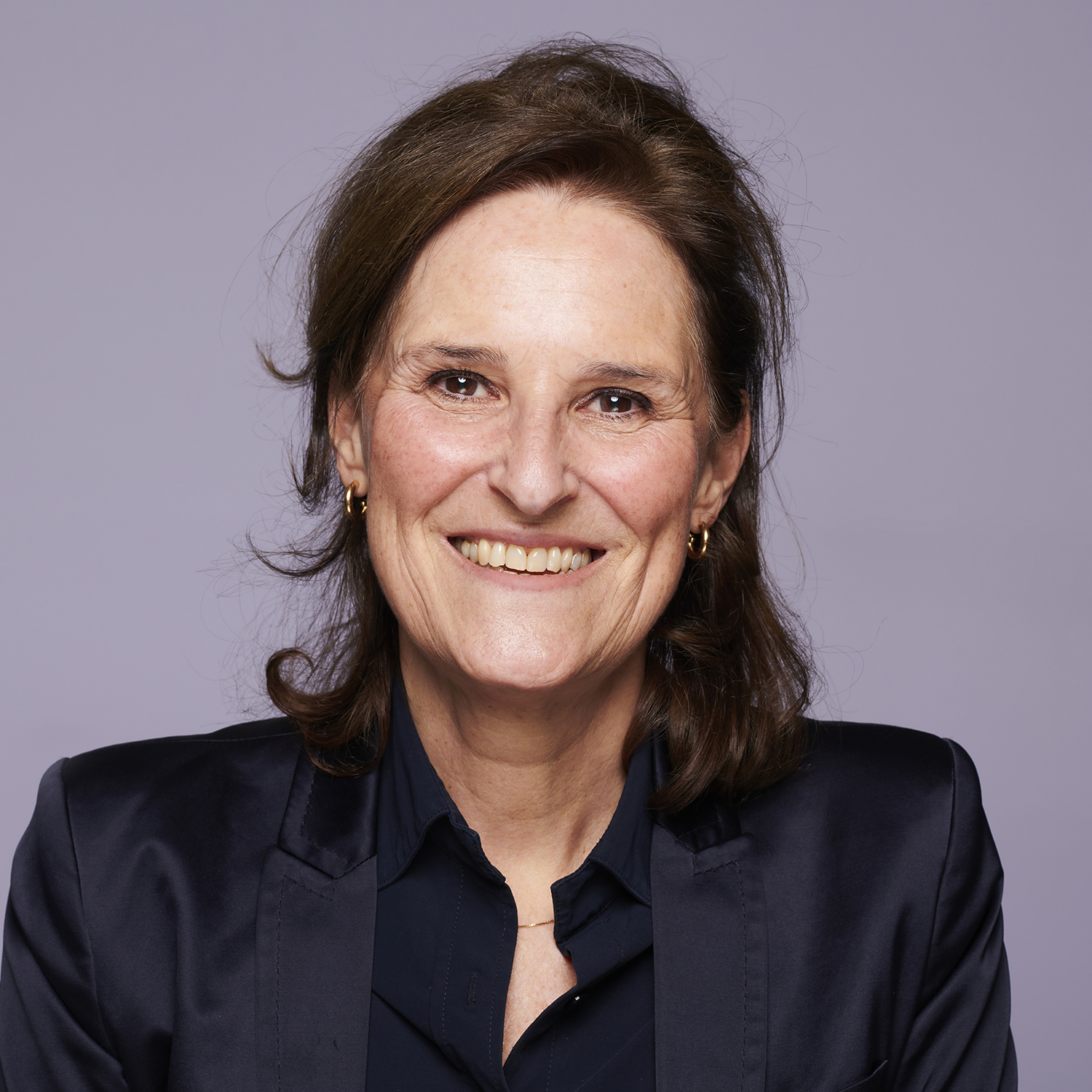Greenchoice integral sustainability plan in line with CSRD
Energy supplier Greenchoice has far-reaching ambitions to properly handle people, nature and the climate. In order to fulfill these ambitions, Greenchoice is developing a long-term sustainability plan that simultaneously meets the CSRD obligations. Rebel tested the feasibility and concrete implementation of the plan for the themes of climate mitigation, climate adaptation and biodiversity & ecosystems.

The challenge
How do you develop a sustainability plan, taking into account the uncertainty and developments in the energy market? How do you weave climate adaptation into the value chain so that customers benefit? What does a “net positive impact on biodiversity” mean? Is this goal realistic, and what are the essential actions to take now? Woven through that: how can the CSRD obligations be used to strengthen sustainability and embed it more logically in the organization?
The approach
We started with an analysis of Greenchoice’s chain. Where are the opportunities and bottlenecks for the three themes? For climate mitigation – greenhouse gas emissions – the biggest challenge is in customer energy consumption. For climate adaptation – the impact of the changing climate on Greenchoice and its customers – the challenge lies mainly in raising awareness about the use of nature (projects). Based on the chain analysis, we zoomed in on the three themes:
- Climate Mitigation – An environmental impact model was used to accurately understand whether Greenchoice’s plans are sufficient to achieve the goal of climate neutrality by 2040. The model quantifies greenhouse gas emissions (in CO₂-eq.) from the current situation and various scenarios over time. The scenarios contain predictions about market developments, policy realization and strategic choices by Greenchoice to respond to them. Based on the results of the model, Rebel advises to what extent climate neutrality in 2040 is feasible, what this means for Greenchoice’s customers, and what concrete steps are needed to achieve the goals.
- Climate Adaptation – What risks does climate change come with, and how can they be managed? A team from Rebel and Greenchoice explored these questions. At the same time, they looked at what Greenchoice can do to contribute to dealing with climate change, both for the company itself and for its customers. This analysis forms the basis for the plan: which risks and opportunities are high priority, for which risks is monitoring sufficient, and where more data is needed to get a better picture.
- Biodiversity and ecosystems – Greenchoice has great ambitions for biodiversity and is already well on its way to achieving these ambitions with a large number of nature projects. But is this enough to be net positive by 2028? The environmental impact model provides an important answer to this, by also providing insight into the impact on biodiversity. A plan was then developed, in addition to existing nature projects, to become net positive by 2028. Extensive attention was paid to how nature can become a larger part of the proposition, for example by mobilizing customers to deal with nature (even) better.
The three topics were integrated, and based on the insights, a recommendation was formulated to unify and concretize Greenchoice’s long-term sustainability plan. In a follow-up process, Rebel is also helping to roll out the plans within the organization.

Impact
Divergent expertises on energy, environmental impact, climate adaptation and biodiversity have been brought together and provide tools for concrete sustainability actions in the future.








